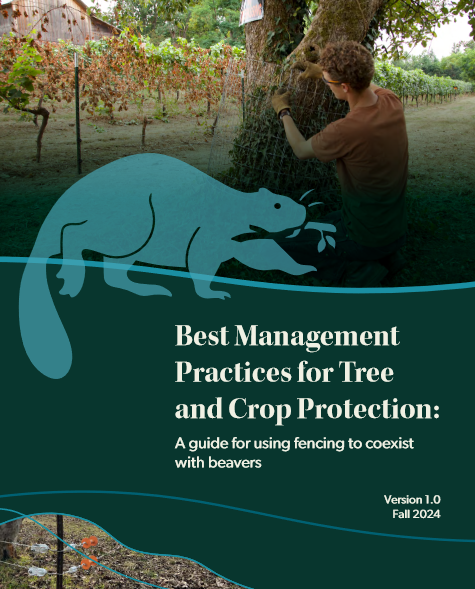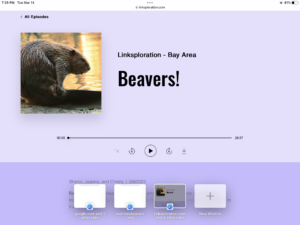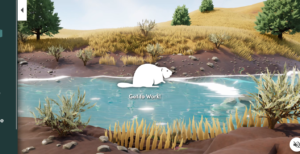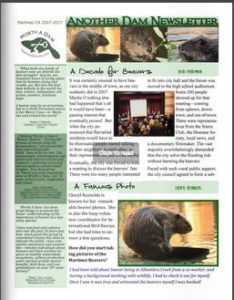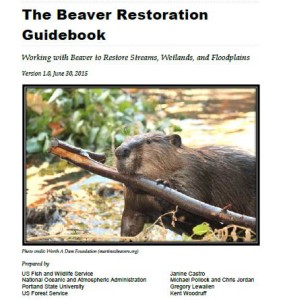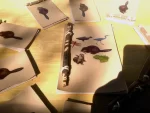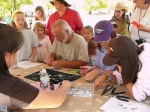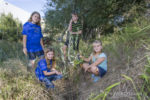Time for another victorious defeat for California beavers. We seem to be having these pretentious affairs every couple of months. And usually with credit given to a certain well known conservation group that seems to follow the spotlight.
I’m talking of course about the ban on fur-trapping.
California bans fur trapping for recreation, commerce
SACRAMENTO, Calif. (AP) — California on Wednesday became the first state to ban commercial fur trapping, ending the practice nearly 200 years after animals like beavers and otters introduced the American West to international trade.
Democratic Gov. Gavin Newsom said Wednesday he had signed a bill into law making it illegal to trap animals for the purposes of recreation or to sell their fur. It is still legal to trap animals for other purposes, including pest control and public health.
Now if you were anyone off the street just tuning in you might say “Hurray no more fur trade in the golden state!” But of course you and I know that the fur trade hasn’t been the primary cause of beaver death for 30 years or longer. And all of the MANY beavers that still die every day in conibear traps and by gunshot wound die because of DEPREDATION which remains very much legal. In fact when you depredate beavers you don’t have to even count how many you kill. Isn’t that convenient? No one can report it because no one knows.
A good way to avoid those pesky AP articles.
But in recent years, California licenses for fur trappers have declined considerably. In 2018, the California Department of Fish and Wildlife said it sold 133 licenses, leading to the harvest of 1,568 animals and the sale of 1,241 pelts. A legislative analysis of the bill noted most furs are sold outside of California, with data suggesting there have been no fur sales in the state for the past three years.
Meanwhile, the state has issued about 500 trapping licenses a year for pest control and other uses. People who trap animals for those purposes are not required to report how many animals they capture.
Hey here’s a funny funny joke. OF those 500 permits issued to kill nuisance animals in 2018. 210 of them were for beavers. Because what seems like good news is never good news for them.
I guess that won’t be a headline anytime soon.
Newsom’s office announced the bill signing on Twitter by referencing the governor’s childhood pet, an otter he named “Potter.” The announcement included a photo of what appeared to be an otter puppet exclaiming: “My friends & I should not have to live in fear of being trapped & our fur being sold!”
Of course. Of course he did.

The real surprise of the day doesn’t come from silly pretend news that doesn’t matter to beavers at all. But from very very local and REAL news that matters a great deal.
Consider it another verse of “It’s a small world, afterall”.
 Yesterday Robin of Napa confirmed that the mother of famed beaver researcher Joe Wheaton lives in the city currently. Which lead me to hunt about on google and LOOK what I dredgged up.
Yesterday Robin of Napa confirmed that the mother of famed beaver researcher Joe Wheaton lives in the city currently. Which lead me to hunt about on google and LOOK what I dredgged up.
Joe Wheaton: studying his hometown creek
St. Helena High School graduate Joe Wheaton has turned his hometown creek into an international waterway. As a PhD candidate in physical geography at the University of Southampton, England, he chose to do his doctoral research and dissertation on Sulphur Creek.
In the process, he has brought distinguished geographers and geomorphologists to the study the creek; and to share with the community and the world the working of a geological wonder, one that was ignored and hidden in the back streets of town for more than a century.
This amazing article is dated 2006, one year before the beavers showed up in Martinez, So none of this was on my radar. Napa was just a nearby city, and creeks were just things that other people studied while I was busily working to make children a little less unhappy.But there is not now, in all the world, a single more well-known and well respected beaver researcher than Dr, Joe Wheaton who apparently went to Napa high school before he literally put beaver benefits on the map and became their foremost authority.
The mind reels. The jaw drops. Do you think if he had landed a job at UCB California would have been the premiere state where the forest service protected beavers and the BRAT tool was invented? Do you think Mary Obrien would have ended up working for the Sonoma Land Trust instead?
I’m getting dizzy. I need to sit down.
Add to this fact that our dispersing beavers might have settled down in Napa, that Rusty and Robin became friends of those beavers and friends of Worth A Dam and that the County Supervisor Brad Wagenknecht came to our beaver festival. Twice.
Twenty-eight-year-old Wheaton was born in Napa, lived on Dry Creek Road but attended school in St. Helena. When he was 13, his parents moved to their present home on Inglewood Avenue.
He received both his BS and MS degrees at UC-Davis. Wanting to continue studies in fluvial geomorphology and ecohydraulics, he entered the University of Southampton, in Hampshire, England, where he will complete his PhD requirements this year.
Lets make the circle comp[ete. Any other famous beaver supporters from Napa?

I guess what they say is true. Beavers really do make the world go around

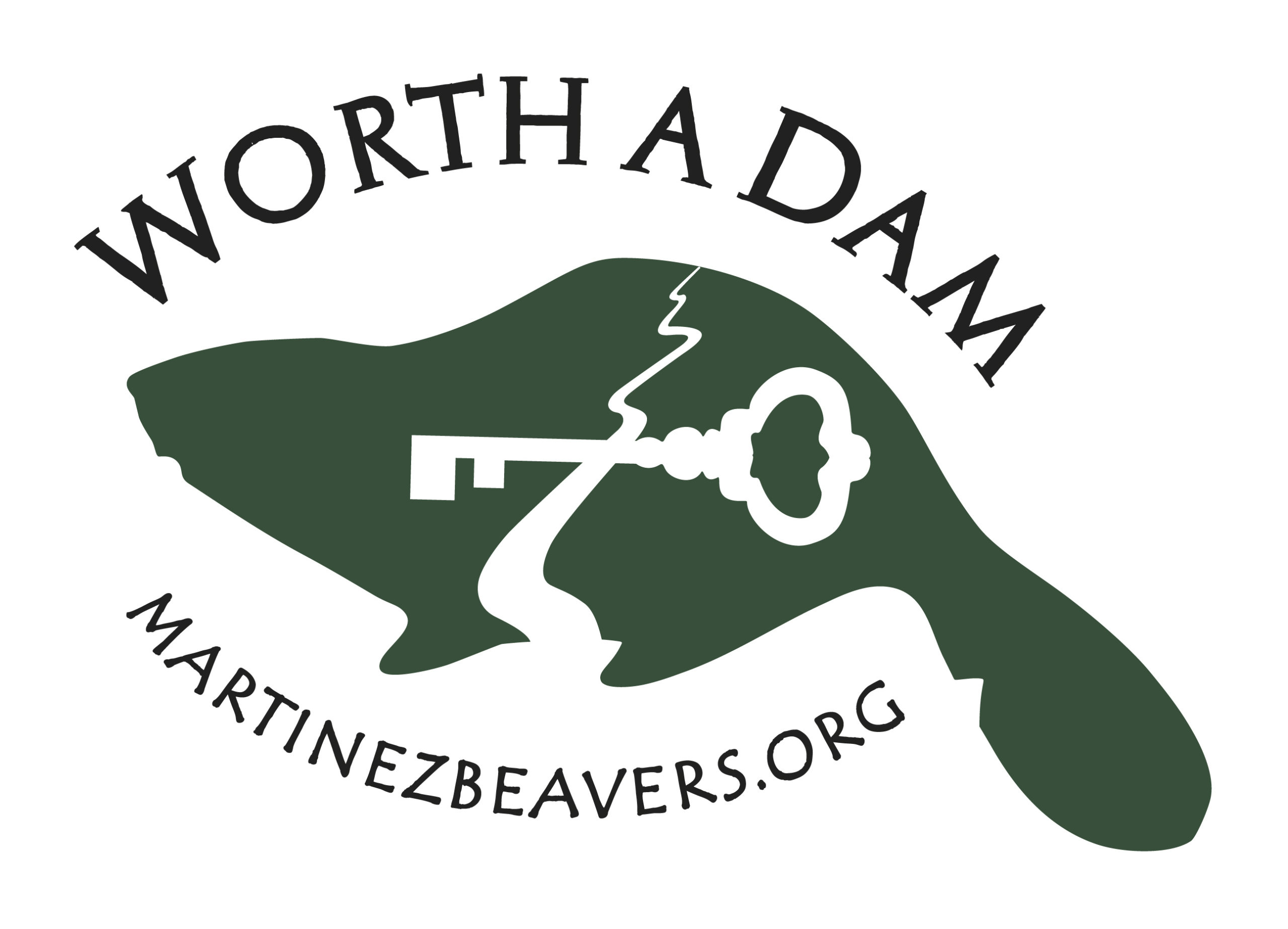





 MONTPELIER — To prevent flooding on nearby roads and private property, Vermont Fish & Wildlife staff have installed 11 water control devices on beaver dams this year throughout Vermont.
MONTPELIER — To prevent flooding on nearby roads and private property, Vermont Fish & Wildlife staff have installed 11 water control devices on beaver dams this year throughout Vermont. Happy Labor Day. Happy September by the way. It has always been by far my favorite month. It used to be back-to-school, new notebooks, when leaves would change, acorns would drop, everyone would try and wear new sweaters before they need them in California, and my birthday looms on the horizon. I love the entire feel of September.
Happy Labor Day. Happy September by the way. It has always been by far my favorite month. It used to be back-to-school, new notebooks, when leaves would change, acorns would drop, everyone would try and wear new sweaters before they need them in California, and my birthday looms on the horizon. I love the entire feel of September.
 The Bureau of Land Management and the Arizona Game and Fish Department are currently studying whether to introduce beavers into Las Cienegas National Conservation Area, about 50 miles southeast of Tucson.
The Bureau of Land Management and the Arizona Game and Fish Department are currently studying whether to introduce beavers into Las Cienegas National Conservation Area, about 50 miles southeast of Tucson. Consider the case of Susie Creek near Elko, where the Heguy family runs a large ranch. Over 25 years, they changed grazing practices so that the cows were moved more frequently, especially away from the streams. An evaluation by Trout Unlimited scientists showed riparian vegetation in the entire Susie Creek Basin increased by more than 100 acres. Equally important is that 25 years ago no beavers lived on Susie Creek; about 140 beaver dams cross the creek today, slowing runoff and keeping more water upstream.
Consider the case of Susie Creek near Elko, where the Heguy family runs a large ranch. Over 25 years, they changed grazing practices so that the cows were moved more frequently, especially away from the streams. An evaluation by Trout Unlimited scientists showed riparian vegetation in the entire Susie Creek Basin increased by more than 100 acres. Equally important is that 25 years ago no beavers lived on Susie Creek; about 140 beaver dams cross the creek today, slowing runoff and keeping more water upstream.


